If the Allies manage to get decent troops organized behind river borders (which mean only one Axis unit can attack into the territory per turn) the fact that you can only activate one section at a time pretty much spells the end of the German attack. To make things worse, if you want to add a unit to a region where your units have already fought, all the enemy units will fight again, but only your new unit will be doing so. If the enemy have more than say 4-5 strength points in a region, that's going to result in unacceptable losses, so you'll have no choice but to wait for a new day so that you can move in reinforcements and have all the units in the region fight together. Without knowing enough about the battle, I'm not sure if this is reflecting some historic truth about how units found it difficult to support each other once in combat, or if it's just a quirk of the design.
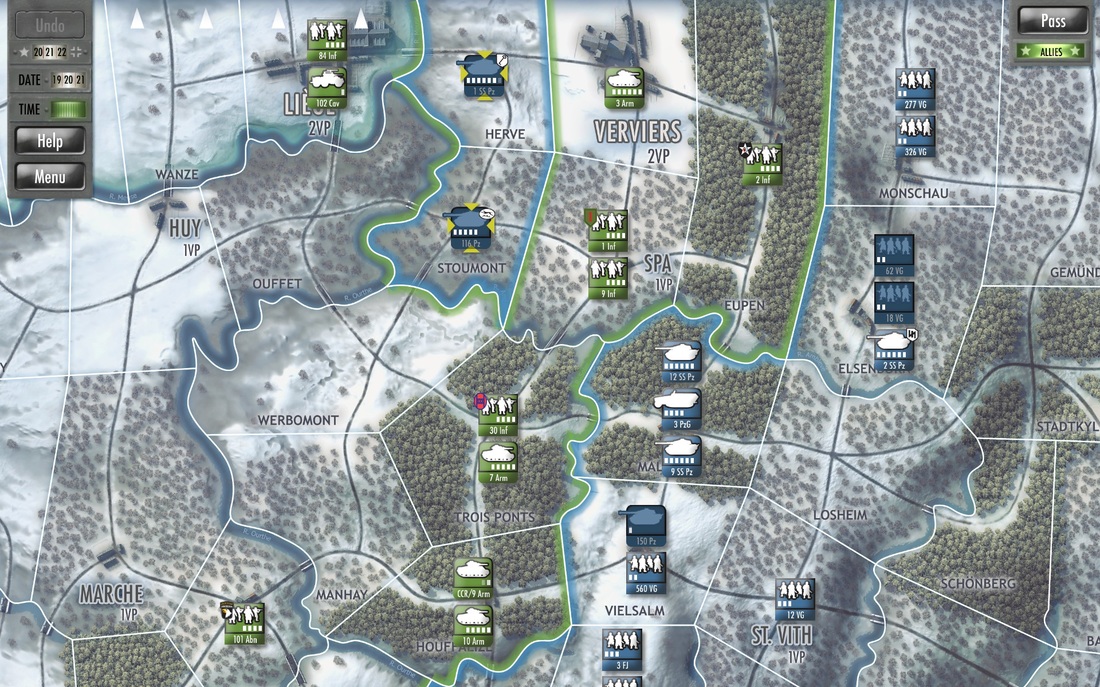
There are a few different scenarios, with my favourite so far being the shuffled standard game - no special rules, but the starting units of each side are swapped out in random configurations. Maybe you get a perfect concentration of elite armour in the north, or perhaps it ends up awkwardly spread out in all the wrong places. It gives the game a bit of a puzzle feel as you try to make the best out of whatever hand you've been dealt - which of course doesn't rely on perfect AI play, since basic positioning and organization of your troops is the first order of business. I'll certainly be playing more Battle of the Bulge, but maybe not that much more. It does seem the kind of thing I'll notice in my Steam library from time to time and load up for a few games, though. Given the low price, certainly a good purchase in my opinion, if you're in the market for a simple but compelling strategy game.
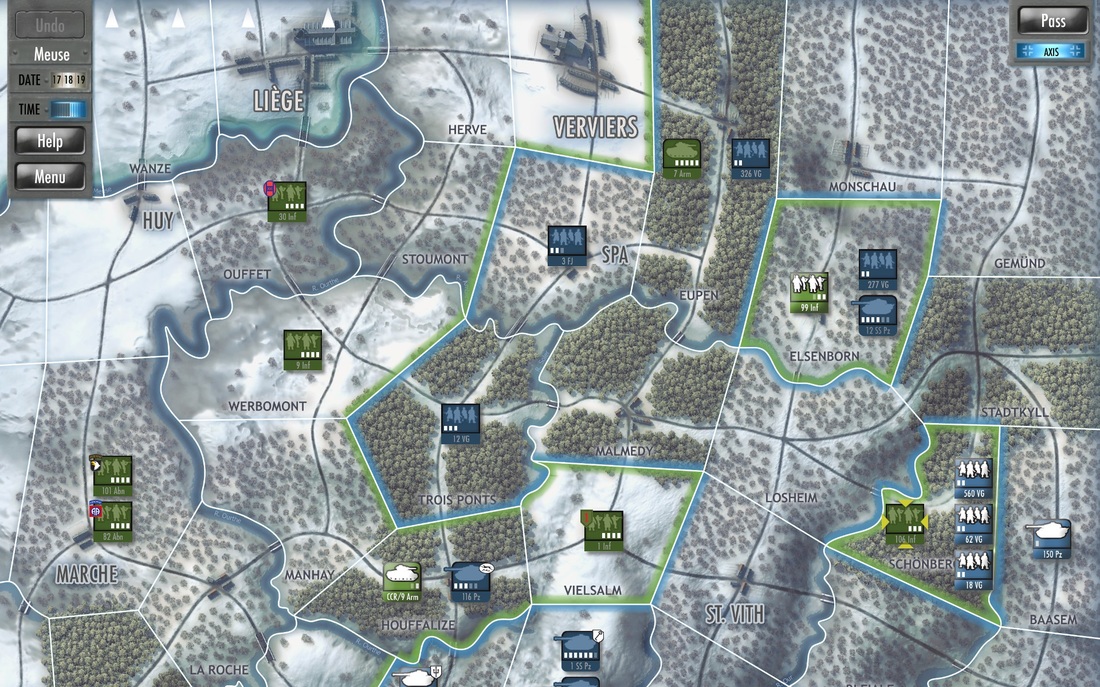
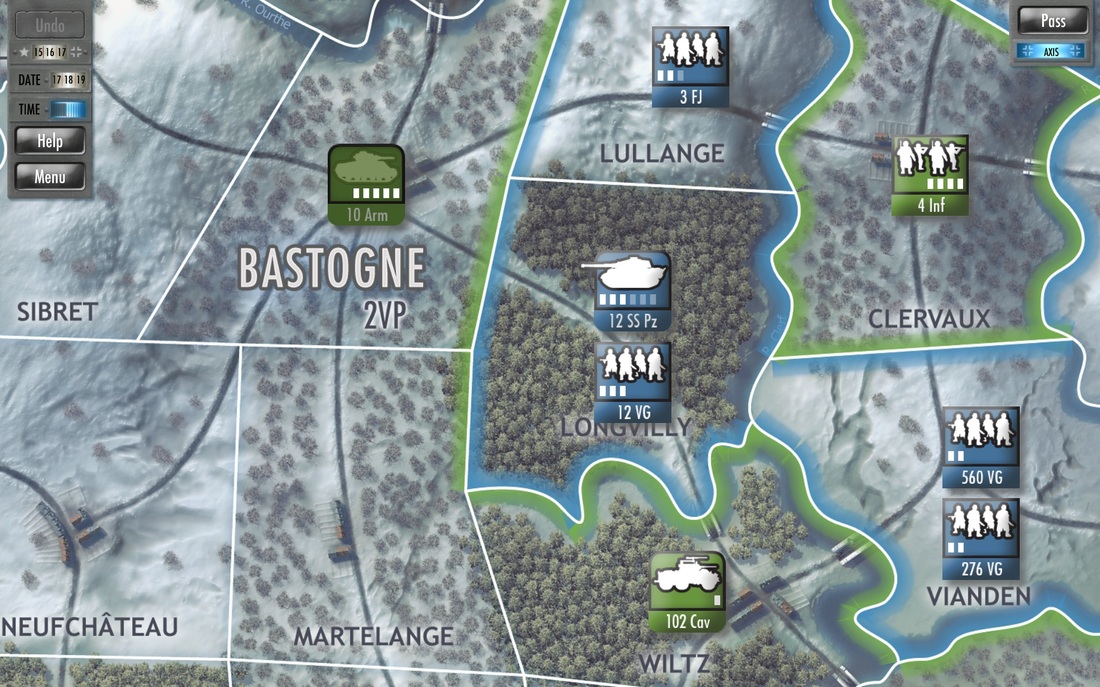
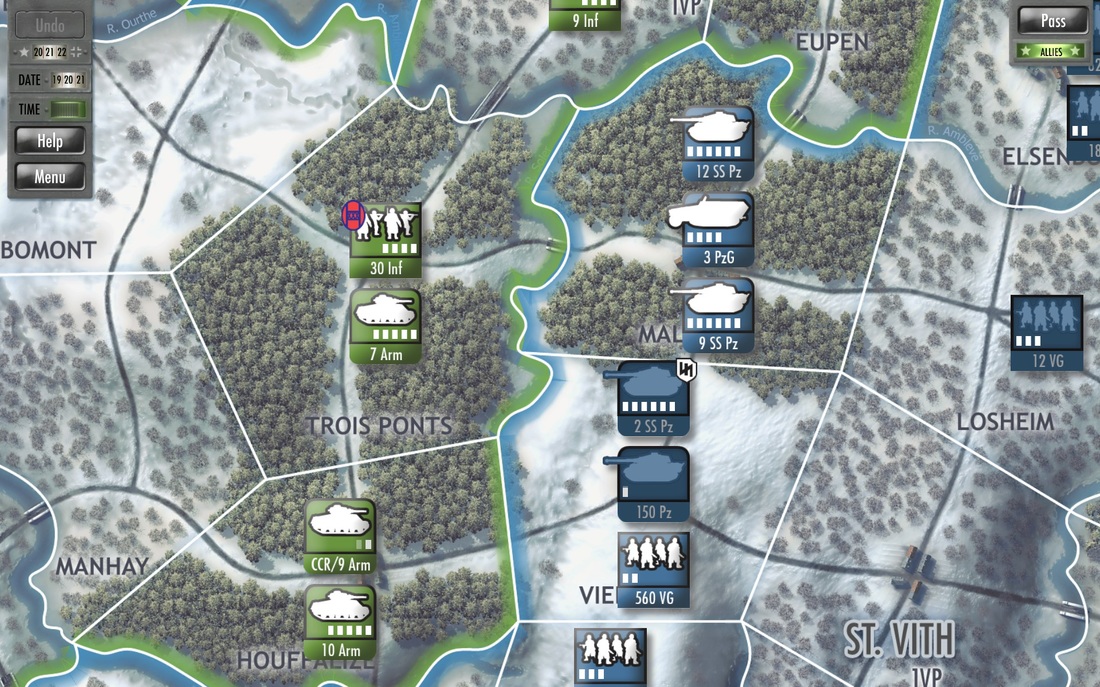
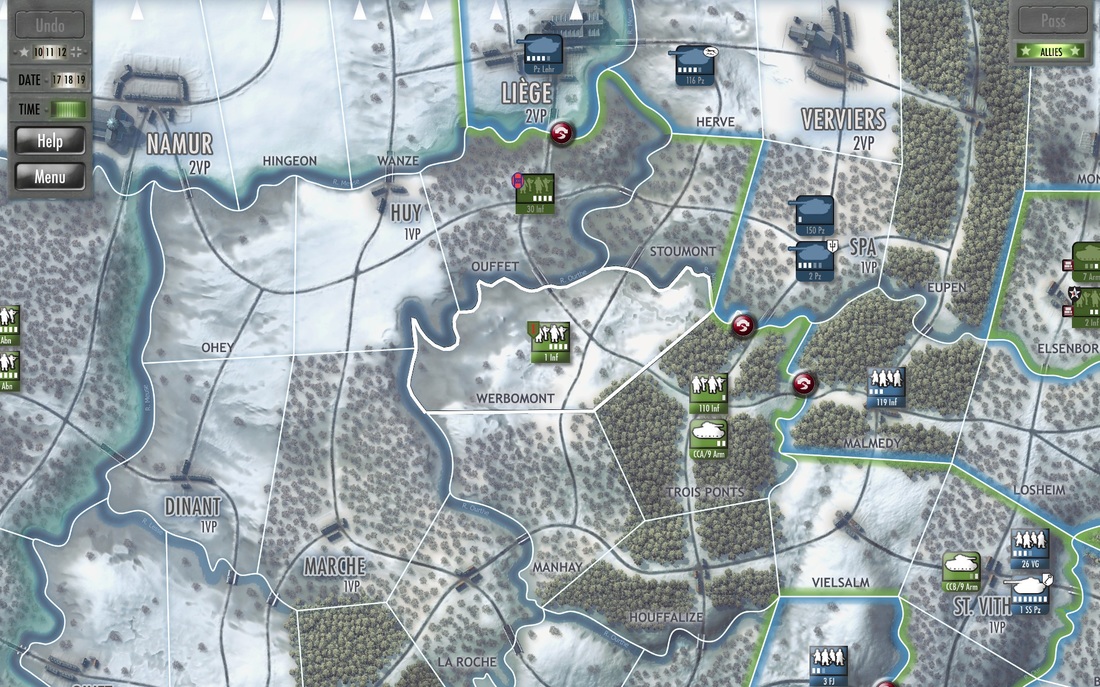

 RSS Feed
RSS Feed